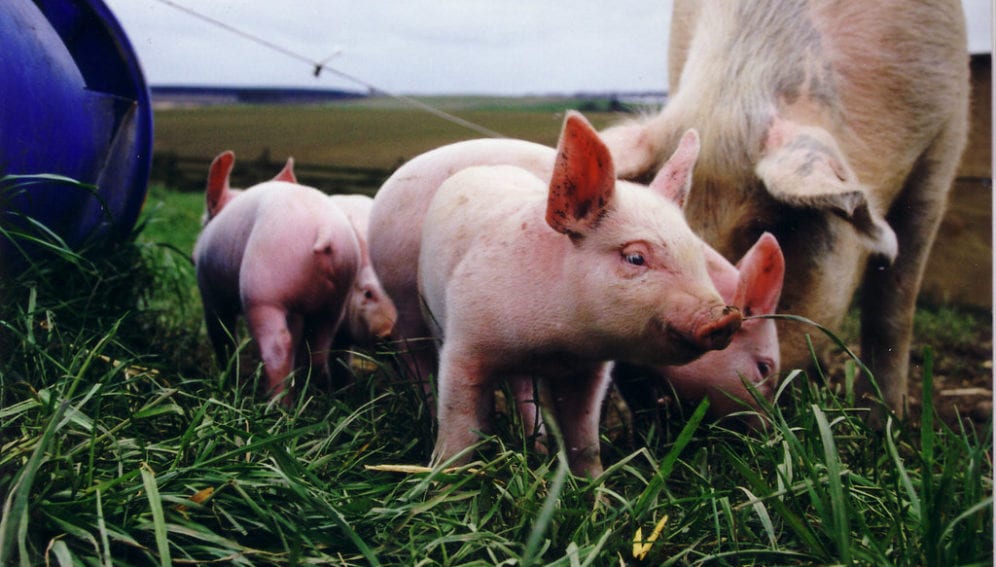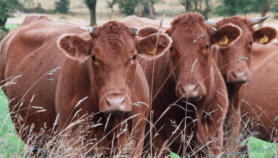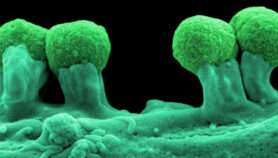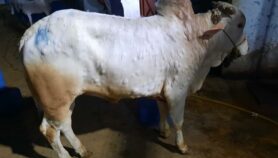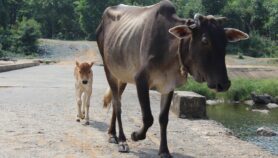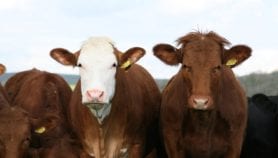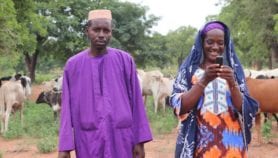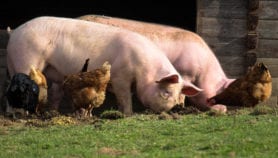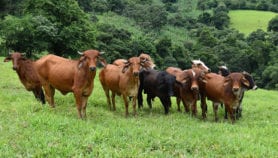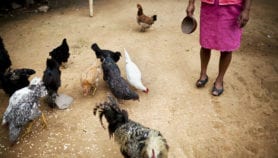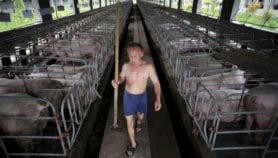Send to a friend
The details you provide on this page will not be used to send unsolicited email, and will not be sold to a 3rd party. See privacy policy.
Farmers could earn more and protect the environment by using technologies and practices that reduce the global warming gases that livestock emit, according to a report by the UN Food and Agriculture Organization (FAO).
The report's five case studies suggest that the potential for mitigation is greatest among low-productivity ruminant producers in South Asia, Sub-Saharan Africa and Latin America and the Caribbean.
It found that raising livestock such as pigs, cattle and poultry generates climate-altering gases with an impact equivalent to 7.1 billion tonnes of carbon dioxide per year, representing 14.5 per cent of all human-caused greenhouse gas (GHC) emissions.
The challenge, says the report (published 26 September), is reducing emissions while meeting the soaring demand for livestock products — a demand that is projected to rise by more than 70 per cent between 2005 and 2050.
Only 10 per cent of producers currently use technologies which could, if taken up more widely, cut the emissions from all livestock species by up to 30 per cent while boosting production, too.
"These efficiency gains can be achieved by improving practices and don't necessitate changing production systems," says Ren Wang, the FAO's assistant director-general for agriculture and consumer protection.
Currently, the majority of the livestock sector's emissions originate from cattle, with beef production contributing 41 per cent and cattle milk production contributing 20 per cent.
“Efficiency gains can be
achieved by improving practices.”Ren Wang, FAO
In terms of activities, the worst culprit is feed production and processing, which accounts for 45 per cent of emissions from livestock-related practices. This is followed by manure storage and processing, which is responsible for ten per cent of these emissions.
Improved feeds
In the case of ruminants, such as cattle, buffalo, sheep and goats, the report finds that using better quality feeds would lower the amount of methane they emit during digestion as well as the quantity of nitrous oxide and carbon dioxide released by their decomposing manure.
Also, by improving the breeding and health of their animals, producers could get the same returns from fewer but more productive animals, it says.
Other emission-mitigating practices mentioned by the report include: better management of grazing land; recovering and recycling nutrients and energy contained in manure; and using less energy along the livestock production chain, for example in transport, feed production and to process animal products.
Governments should offer incentives that prompt farmers to invest in the most environmentally friendly technologies, the report says. And they should provide farmers with information about, access to and training on good practices and technologies, it adds.
Opportunity for reductions
Michael Blummel, a researcher at the International Livestock Research Institute at Hyderabad, India, says that Indian dairy farmers could reduce methane emissions by about a million tonnes a year if they could boost the amount of milk that each cow produced from an average of four kilograms to six kilograms a day.
This would enable the farmers to obtain the same amount of milk from fewer animals, he tells SciDev.Net, adding that institutional support, for example, access to affordable improved animals, would be needed.
James Kinyangi, who leads CGIAR's climate change, agriculture and food security research programme in east Africa, tells SciDev.Net that methods of intensifying sustainable livestock production on the continent vary by region.
"For example, in West Africa [lower] emissions could come from better grazing management and better utilisation of feed and fodder from crop residues. But in East Africa, the use of feed and fodder could be improved by using farm wastes and grain milling products."
South American cuts
In the case of Latin America, Roberto Díaz, a researcher at Uruguay's National Agricultural Research Institute sees an opportunity to lower cattle-generated emissions in South America's Southern Cone, which comprises Argentina, Chile, Paraguay and Uruguay, especially on medium and large farms owned by large businesses.
"Cattle fattening and milk production in our region have already been upgraded, so, for us, the accent must be put on improving cattle breeding, which probably has the highest relative emissions and is confined to the worst soils and least-productive areas," he tells SciDev.Net.
He questions the FAO's contention that livestock emissions can be reduced without requiring changes to production systems.
"This assertion applies to simple technologies such as sanitary controls for improving animal feeds, but in our region we need to improve grazing lands that have been degraded through soy production and by turning forested lands into subtropical prairies. This requires a new approach by integrating agriculture and cattle technologies," he adds.
Díaz adds that the wider adoption of best practice technologies in feeding, health and husbandry, and manure management that the FAO report proposes will succeed if they increase productivity, because it will also stimulate the private sector to take up the suggestions.


